Five Simple Ways to Host a Successful Media Trip
By Erica Schlesinger, Communications Strategist
For our hospitality PR client partners, a key component to a successful media relations strategy is planning press visits. Sometimes, this involves setting up an individual journalist with a hotel stay, activities and meals on their own, but often, we will plan a group press trip. Also called a familiarization, or “fam” trip, these team endeavors are a great way to form personal relationships with members of the media while also securing multiple features for client partners. I have personally planned and attended more than 10 press trips, so I like to think I know a thing or two about making them smooth and successful!
Check out my top five tips for pulling off a great getaway:
- Plan ahead – As much as possible, start narrowing down dates, general trajectory of the trip, how many people to host and target audiences about four or five (or even six for a longer trip) months in advance. Many sought-after travel journalists have trips lined up back-to-back, so getting on their calendars is much more likely when you give them the chance to plan ahead. It may seem like overkill, but you’ll have a clear picture of who can make it – and who can’t – with enough time to fill your trip and stay organized… without having a last-minute panic attack.
- Be flexible – Schedules change, people run late and guests can develop newfound food allergies or fears of heights when you had a meticulous tasting menu and zipline excursion planned. There is no such thing as a perfect fam trip – when you’re balancing five to seven writers, their guests, their requests, different onsite teams working together and robust itineraries, something is bound to change (and often last-minute and on-the-go). It may not always be convenient or ideal, but tackle it as you would any professional issue: take a breath, use your head, ask for help as needed and take it from there. You’ll soon have it handled. I’ve had writers have overnight flight delays or at-home emergencies, change preferences on a completed itinerary, show up with an unexpected guest and much more. At the end of the day, you’re there to make sure they arrive safely, have a good experience and leave happy – and want to work with you again and say nice things about your clients as a result. Another tip – be transparent with your client partner and inform them of any issues that may impact their teams, but if they don’t need to get involved, don’t bring them into the mix.
- Be a control freak – Staying organized is critical for a successful fam trip. You need to make sure a lot of details are sorted and effectively communicated to all involved parties, travel arrangements are made, itineraries are approved, rooms are booked – you get the idea. At WOC, we have a few things that always make their way into our fam trip planning rotation:
- Bio sheet – Ask each press trip attendee for a photo, brief bio, what their story will be about and the reach of their outlet, then compile into a single document to share with stakeholders. It gives a snapshot of who they’ll be meeting so they can prepare to chat with them, address any special preferences and get an idea of what sort of result they can expect from their time and money.
- Google Docs/Google Drive – AKA your press trip BFF. Load any spreadsheets, bio sheets, itineraries and other documents up, add approved editors and watch edits appear in real time… without having 50 back-and-forth emails. Isn’t that nice?
- Preference sheet/head count sheet – This is like a press trip “master document.” Here, we will have all key information any given member of our team or our clients’ team may need at any time to plan the trip. Excel is a great platform to build this in, then – you guessed it – load it into Google Drive. At the very least, this should include all contact info for each attendee, information on their preferences and any health or dietary needs, their guest, their meal selections and their activity preferences. For the latter two, build a “total count” row into the bottom of the sheet – this makes interfacing with activity partners and building BEOs a much easier process.
- Itinerary – Also like the Press Trip Bible. This is a very detailed timeline covering everything attendees can expect from their trip, right down to notes about driving times if they’re arriving separately and check-in tips for spa appointments. It will keep you, your team and your guests on track from day one to waving goodbye. We WOC-ers like to add each element of the itinerary into our smartphone calendars with a 30-minute warning so we can always be one step ahead.
- Be a social butterfly – As a PR pro, you are on a fam trip to represent your client partner, guide the trip and act as a go-to source for information, but in reality, you’re the chief entertainer, too. You will be the person these folks will see the most over two, three, sometimes six or seven days, and it is your job to make sure they all feel welcome and are having fun. When everyone arrives, get them all introduced to one another (including their guests) – and you should not have to refer to any notes for names or what outlet they’re from! During the first meet-and-greet with key members of your client partner’s team, introduce both parties with full names and titles. While at meals or driving in a group, make an effort to mix and mingle with different people. Sometimes, some attendees are much harder to connect with than others – resist the urge to stick with Chatty Cathy the whole trip through. It may be Silent Sue who has the most questions, is the most uncomfortable around groups or just needs some encouragement to open up.
- Be a human clock – Real talk… media attendees are rarely keeping track of the time and itinerary while on press trips. Which is fine, since they’re there for the experience. PR pros, however, need to be on schedule at all times. During activities, keep an eye on the time and give updates (“Hey, guys, we have about 20 more minutes in this location. Is there anything else you need to see or photograph before we prepare to move on?”) – this can even mean politely urging a tour guide along, or pulling a chef aside in advance of a big meal to remind him or her of your after-dinner itinerary. If sending people off on free time before another set of activities, and during the last get-together of the evening, remind people of the time and location of their next scheduled stop. It might seem like a lot of “hovering,” but you’ll be surprised how quickly people forget when dinner is or where they need to check it for their morning horseback ride after a full day.
Putting together a winning press trip takes much more than following a few guidelines, but these are a great place to start. Hospitality PR pros, what other tips would you share after running trips of your own?
To learn more about (W)right On’s hospitality PR team, results and capabilities, check out WrightOnComm.com/Hospitality.
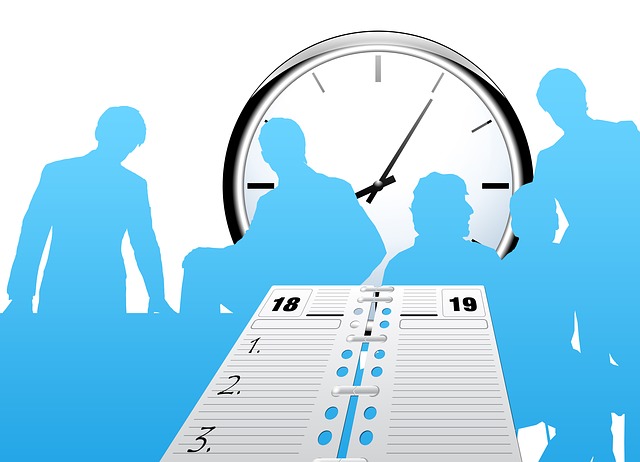


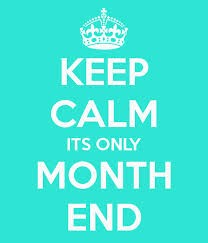

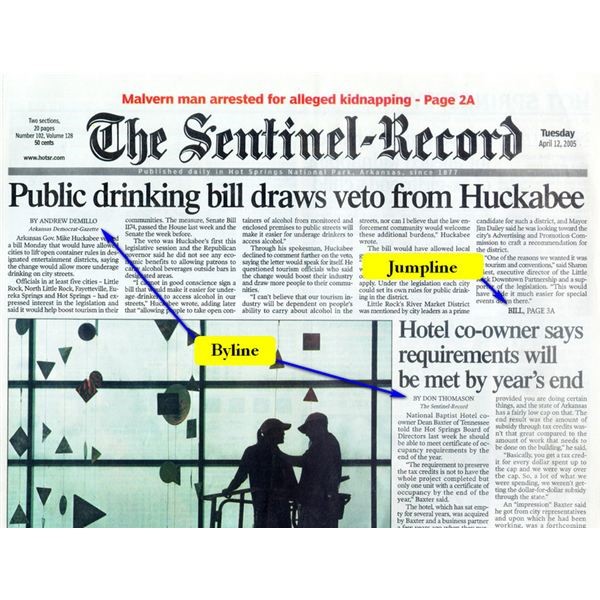
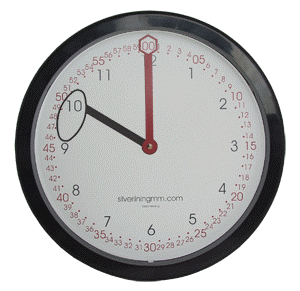
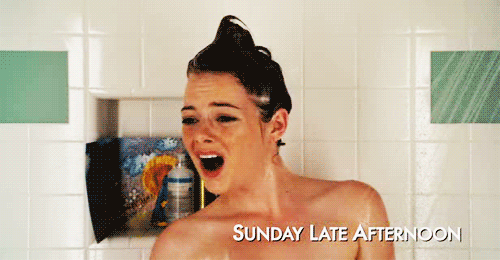
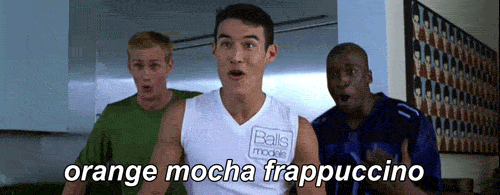
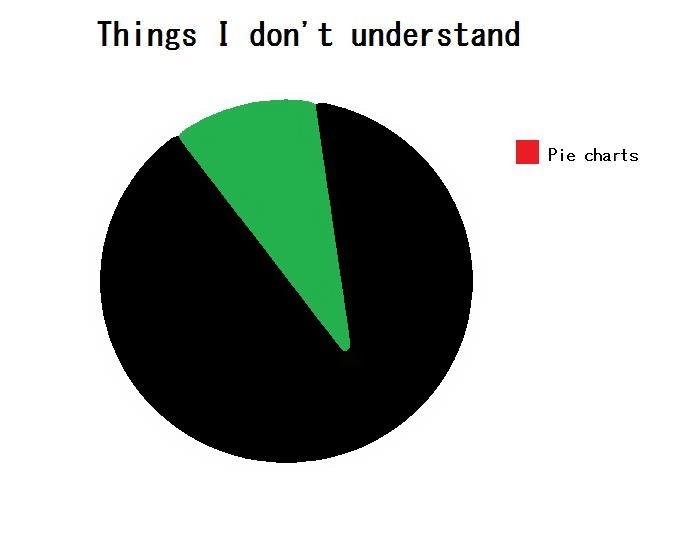

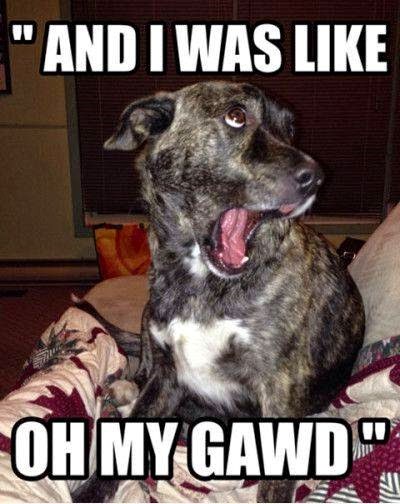

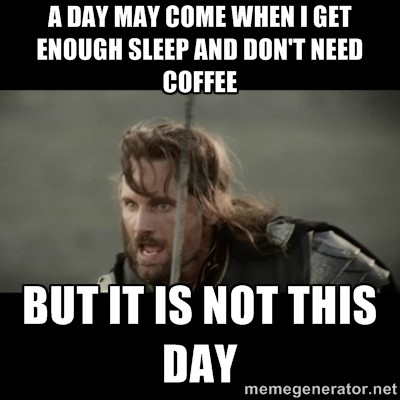
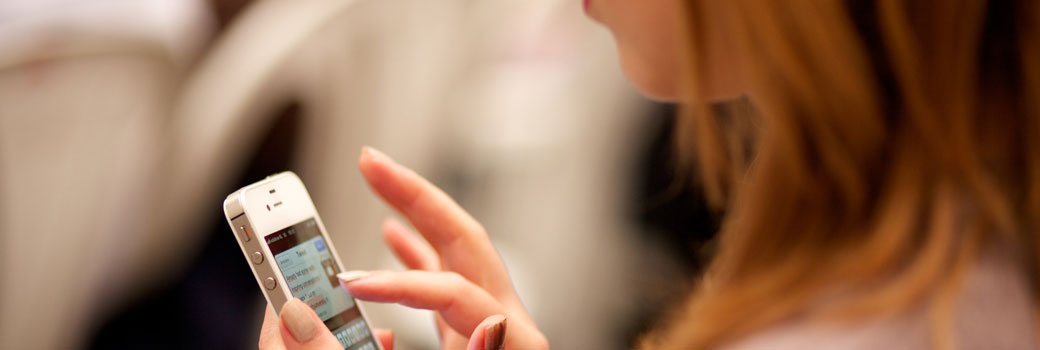
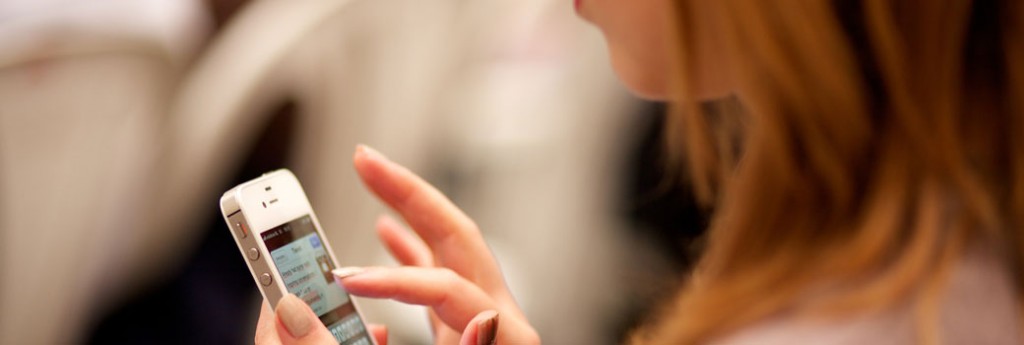


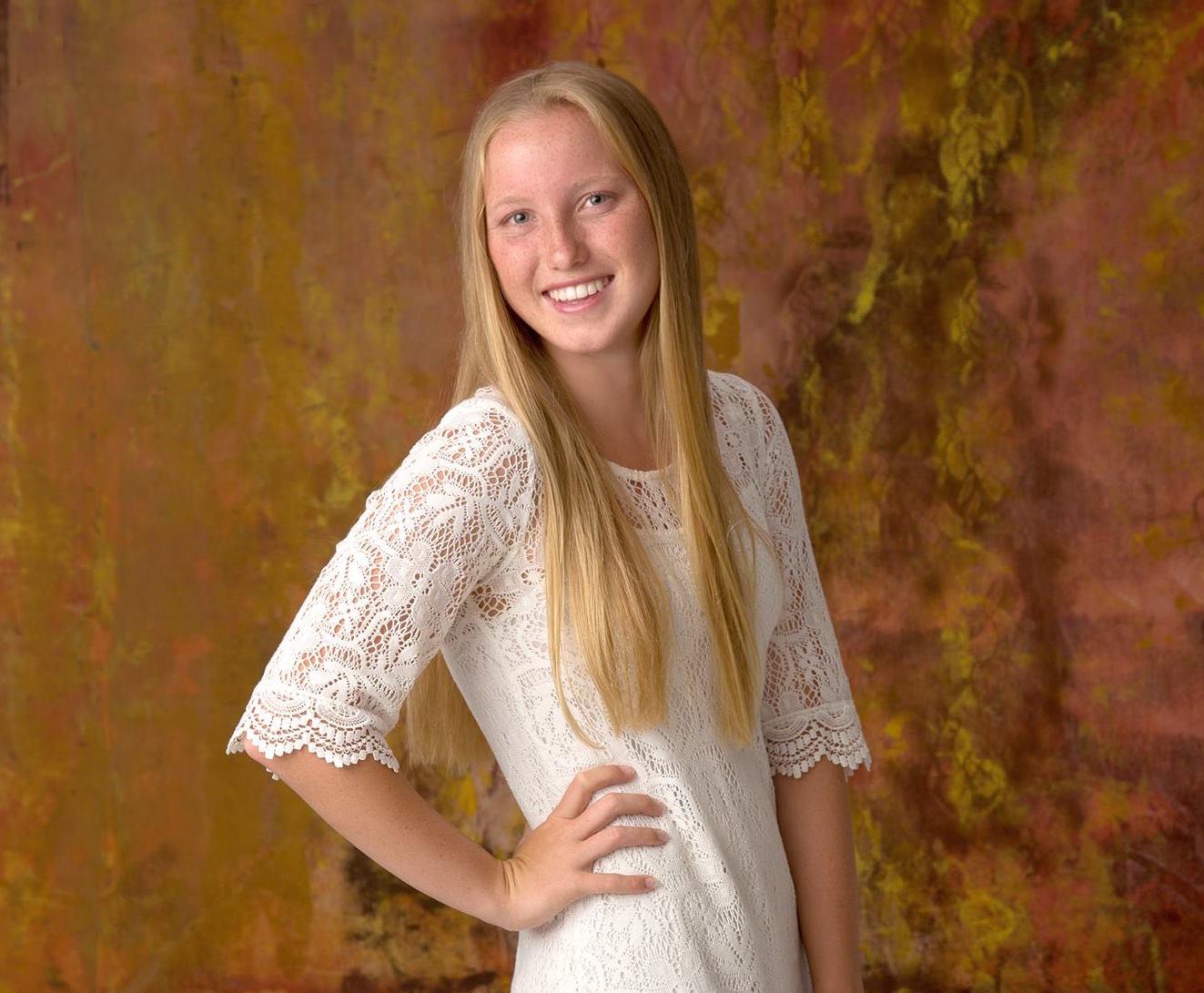
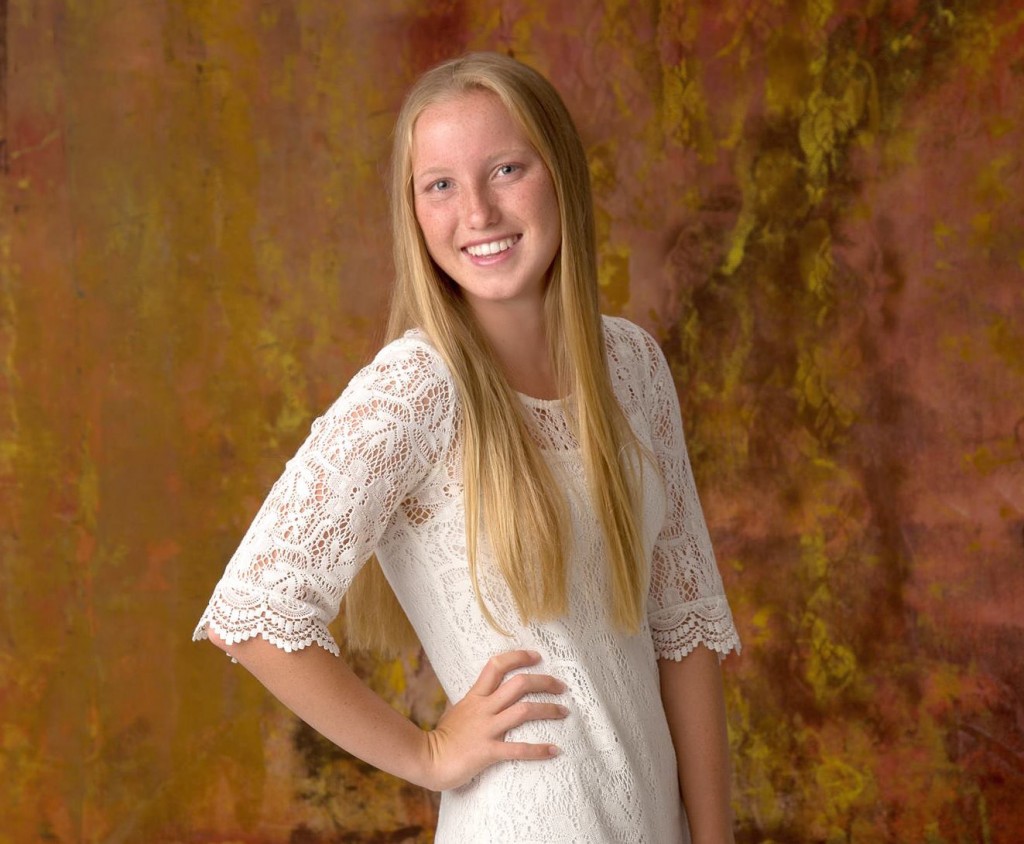
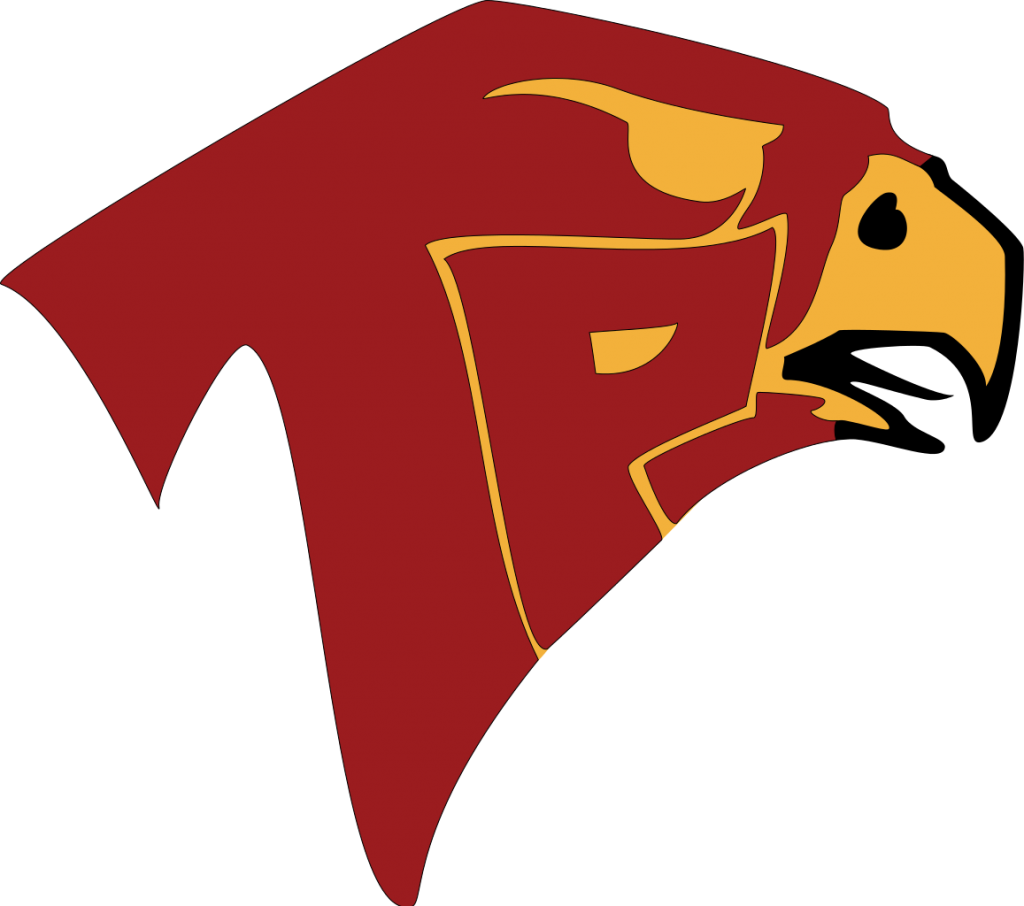
 Even students who didn’t attend TPHS were aware of the upcoming issue and its intriguing focal points. And Aunt Debbie who lived in a small town in Minnesota could read the post’s excerpt of the news section and feel compelled to have Johnny send her a copy of the paper, or better yet, send her a subscription form.
Even students who didn’t attend TPHS were aware of the upcoming issue and its intriguing focal points. And Aunt Debbie who lived in a small town in Minnesota could read the post’s excerpt of the news section and feel compelled to have Johnny send her a copy of the paper, or better yet, send her a subscription form.


 Grant Wright
Grant Wright





 Corie Fiebiger
Corie Fiebiger
 Shae Geary
Shae Geary Roman Lukjanenko
Roman Lukjanenko Phelan Riessen
Phelan Riessen Katrina Early
Katrina Early Hamish Marshall
Hamish Marshall